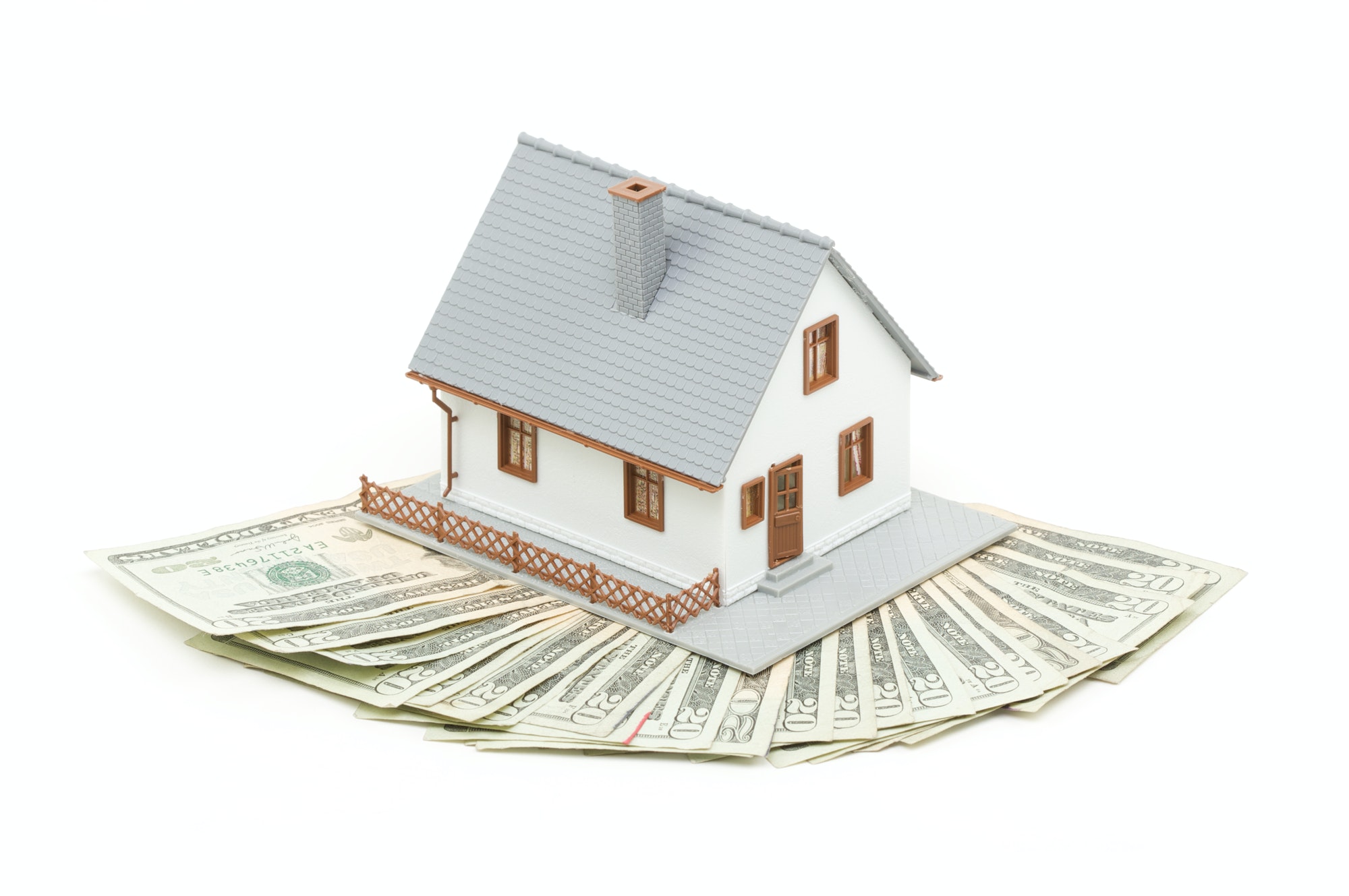Introduction
When it comes to buying a home, understanding mortgage rates is crucial. Conventional current mortgages remain a popular choice for many homebuyers due to their stability and predictability. These mortgages are offered by private online mortgage lenders and also not backed by any government agency like FHA or VA loans. Discover how current conventional mortgage rates work, factors influencing them, and tips for securing favorable rates in the housing market. Explore conventional mortgage rates today or we can say conventional mortgage rate in simple terms.
What are Conventional Mortgage Rates?
Conventional mortgage rates are interest rates applied to conventional home loans. These are the mortgage rates fluctuate based on various factors including the economy, market conditions, lender policies, and the borrower’s financial profile. They often come in two primary forms: fixed-rate and adjustable-rate mortgages (ARMs).
Fixed-Rate Mortgages
Key Features of Fixed-Rate Mortgages
- Consistent Interest Rate: The defining feature of a fixed-rate mortgage is the unchanging interest rate. Regardless of fluctuations in the market, economic conditions, or lender policies, the interest rate remains steady for the entire loan term.
- Predictable Monthly Payments: Borrowers appreciate the predictability of fixed-rate mortgages. Knowing the exact amount of their monthly payments helps with budgeting and long-term financial planning.
- Various Term Lengths: Fixed-rate mortgages typically offer a range of term lengths, commonly 15, 20, or 30 years. Shorter terms often come with lower monthly interest rates but higher monthly payments, while longer mortgage terms may have slightly higher mortgage rates but more manageable payments.
- Interest Rate Protection: Since the interest rate remains unchanged, borrowers are shielded from sudden rate hikes. This protection offers security, especially during times of rising interest rates.
- Refinancing Options: Borrowers can refinance their fixed-rate mortgages if market conditions become favorable, allowing them to secure a lower interest rate or change their loan term.
Pros and Cons of Fixed-Rate Mortgages
Pros:
- Stability: Predictable payments provide stability and ease in financial planning.
- Protection from Rate Increases: Shielded from rising interest rates during the loan term.
- Budgeting Ease: Knowing the fixed monthly payment assists in budgeting and financial management.
Cons:
- Possibly Higher Initial Rates: Fixed-rate mortgages might have slightly higher initial rates compared to adjustable-rate mortgages (ARMs) during low-rate environments.
- Less Flexibility: Once locked into a rate, borrowers may miss out on mortgage potential savings if rates drop significantly in the market.
Who Benefits Most from Fixed-Rate Mortgages?
- Long-Term Planners: Borrowers planning to stay in their homes for an extended period often prefer the stability of fixed-rate mortgages.
- Risk-Averse Individuals: Those averse to financial risks or uncertain about future market changes opt for the security offered by fixed rates.
- Buyers in Stable Markets: In stable economic conditions, fixed-rate mortgages offer peace of mind and financial security.
Adjustable-Rate Mortgages (ARMs)
Key Features of Adjustable-Rate Mortgages
- Initial Fixed Rate: ARMs typically start with an initial fixed-rate period, which can also last anywhere from one to ten years. During this time, the interest rate remains constant, providing stability to borrowers.
- Adjustment Period: After the initial mortgage fixed-rate period, the interest rate adjusts at predetermined intervals. Common adjustment periods are annually, biannually, or every few years, depending on the loan terms.
- Indexed Interest Rates: ARMs are tied to specific indexes, such as the London Interbank Offered Rate or the Constant Maturity Treasury rate. The interest rate adjustments are determined by adding a margin to the index rate.
- Interest Rate Caps: To protect the mortgage borrowers from extreme rate fluctuations, ARMs often have interest rate caps—limits on how much the interest rate can increase or decrease at each adjustment period and over the loan’s lifetime.
- Risk and Reward: ARMs offer lower initial interest rates compared to fixed rate mortgages, making them appealing when rates are high. However, there’s the potential for higher payments if interest rates rise after the initial FHA fixed period.
Pros and Cons of Adjustable-Rate Mortgages
Pros:
- Lower Initial Rates: ARMs mortgage often start with lower initial rates than fixed-rate mortgages, providing lower initial monthly payments.
- Potential for Savings: If interest rates decrease or remain stable after the initial fixed period, borrowers can benefit from lower overall interest costs.
- Short-Term Ownership Plans: Ideal for those planning to sell or refinance before the mortgage fixed period ends.
Cons:
- Rate Volatility: Interest rates can fluctuate, potentially leading to higher monthly payments after the initial fixed period.
- Risk of Higher Payments: If FHA interest rates rise significantly, monthly payments can increase substantially, affecting budgeting.
- Uncertainty: The unpredictable nature of rate changes might not suit individuals seeking stable, predictable payments.
Who Benefits Most from Adjustable-Rate Mortgages?
- Short-Term Homeowners or Movers: Individuals planning to stay in a property for a relatively short period, typically less than the initial fixed-rate term of the ARM, can benefit from lower initial interest rates. For example, someone planning to sell or relocate within a few years might benefit from the lower initial payments of an ARM.
- Buyers in a Declining Rate Environment: Borrowers who anticipate that interest rates will decrease or remain stable after the initial fixed-rate period of the ARM could benefit from lower initial rates and potential savings. If rates drop during the adjustable period, they may experience reduced payments.
- Risk-Tolerant Borrowers: Individuals who are comfortable with financial risk and can absorb potential payment increases in the future may find ARMs appealing. These borrowers often have stable income and financial reserves to handle potential rate adjustments.
- Borrowers Seeking Flexibility: Some borrowers value the flexibility that ARMs offer. They might plan to refinance or pay off the mortgage before the adjustable rate kicks in, thereby taking advantage of the lower initial rates without experiencing subsequent rate fluctuations.
Factors Influencing Conventional Mortgage Rates
- Economic Conditions: The overall state of the mortgage economy plays a important role in determining mortgage interest rates. Factors such as inflation, economic growth, unemployment rates, and the Federal Reserve’s monetary policy influence the direction of interest rates. During FHA periods of economic growth, mortgage rates might rise due to increased demand for borrowing.
- Down Payment Amount: The size of the down payment can affect the interest rate offered. A larger down payment often signifies lower risk for the lender, potentially leading to lower interest rates. Conversely, smaller down payments might result in higher rates or require additional mortgage insurance to mitigate the lender’s risk.
- Loan-to-Value Ratio (LTV): The loan-to-value ratio, which represents the amount of the loan compared to the home’s appraised value, impacts mortgage rates. Lower LTV ratios (higher down payments) generally result in lower rates, as they signify less risk for the lender.
- Market Conditions and Investor Demand: Mortgage rates are also influenced by market conditions and investor demand for mortgage-backed securities (MBS). When investors show higher demand for MBS, mortgage rates tend to decrease. Conversely, reduced demand might lead to higher rates.
- Lender Policies and Fees: Different lenders have varying policies, fee structures, and risk tolerances, which can result in different interest rates.
Current Trends and Analysis
Several trends were influencing mortgage rates:
- Historically Low Rates: In line with national trends, experienced historically low mortgage rates, which were favorable for homebuyers and those seeking refinancing options.
- Impact of Economic Recovery: The state’s economic recovery post-pandemic was influencing rates. Improvements in employment rates and economic indicators were impacting the direction of mortgage rates.
- Real Estate Market Dynamics: Real estate market, especially in areas like Miami, Orlando, and Tampa, was robust, impacting rates based on demand, housing supply, and property values.
- Interest Rate Volatility: Mortgage rates were subject to volatility due to global economic uncertainties, changes in Federal Reserve policies, and market reactions to geopolitical events.
- Inflation Concerns: Concerns about inflation, both nationally and locally, were contributing to fluctuations in mortgage rates. Expectations and actual changes in inflation rates can influence long-term rates.
- Lender Competition: Competitive lending landscape meant borrowers had access to a variety of mortgage products and rates, with lenders vying for customers.
Tips for Securing Favorable Conventional Mortgage Rates
- Improve Your Credit Score: Maintain a healthy credit score by paying online mortgage bills on time, reducing outstanding debts, and managing credit responsibly. A higher credit score often qualifies borrowers for lower interest rates.
- Increase Your Down Payment: A larger down payment reduces the loan-to-value ratio and demonstrates financial stability to lenders, potentially mortgage leading to lower interest rates and avoiding private mortgage insurance (PMI) requirements for conventional loans.
- Opt for a Shorter Loan Term: Shorter FHA loan terms, such as 15-year mortgages instead of 30-year mortgages, often come with lower interest rates. While monthly payments may be higher, the overall interest costs can be significantly reduced.
- Strengthen Employment and Income Stability: Lenders assess borrowers’ stability when determining rates. Consistent employment and a steady income history can positively impact your rate by demonstrating your ability to repay the loan.
How RateChecker Can Help
- Comparison of Multiple Lenders: Rate checkers allow borrowers to compare FHA interest rates and loan terms from various lenders in one place. This saves time and effort by providing a comprehensive overview of what different lenders offer.
- Access to Current Market Rates: These tools provide real-time or updated information on prevailing mortgage rates. Users can see the most current rates available, helping them make informed decisions based on current market conditions.
- Estimation of Potential Savings: Rate checkers often calculate potential savings based on different FHA interest rates and loan terms. Users can input their financial information to receive estimates on monthly payments and total interest costs, enabling better financial planning.
- Customized Rate Alerts: Some rate checkers offer rate alert features. Users can set up alerts for specific interest rate thresholds, allowing them to track rates and get notified when rates reach their preferred levels.
- Increased Transparency: By comparing rates and terms side by side, borrowers gain transparency into the mortgage market. This empowers them to negotiate better terms with lenders or understand the competitiveness of the rates they are offered.
- Ease of Use and Convenience: Rate checkers are user-friendly and accessible online. They provide a convenient way for borrowers to explore different mortgage options from the comfort of their homes without the need for multiple inquiries or visits to different lenders.
Conclusion
Conventional mortgage rates play a pivotal role in homeownership, affecting monthly payments and overall loan costs. Whether opting for a fixed-rate or adjustable-rate mortgage, understanding the nuances of these rates and the factors influencing them is crucial for making informed decisions.
For RateChecker anyone considering purchasing a home, comprehending how conventional mortgage rates function is a fundamental step towards achieving financial stability and realizing homeownership dreams.
FAQs
1. How do Conventional Mortgage Rates Differ from Other Types of Loans?
- Conventional mortgage rates are influenced by market conditions, borrower creditworthiness, economic factors, and lender policies. Unlike government-backed loans (such as FHA or VA loans), conventional mortgage rates are based on the lender’s assessment of the borrower’s risk and do not have government guarantees.
2. What Factors Influence Conventional Mortgage Rates?
- Conventional mortgage rates are influenced by various factors, including economic conditions, borrower credit score, down payment amount, loan term, market demand for mortgage-backed securities, lender policies, and geopolitical events impacting market sentiment.
3. How Can I Secure Favorable Conventional Mortgage Rates?
- Securing favorable rates involves maintaining a good credit score, improving credit history, saving for a larger down payment, comparing offers from multiple lenders, considering shorter loan terms, locking in rates when advantageous, and demonstrating financial stability to lenders.
Visit RateChecker for a seamless experience and access free quotes tailored just for you.
Generated with WriterX.ai — best AI tools for content creation


